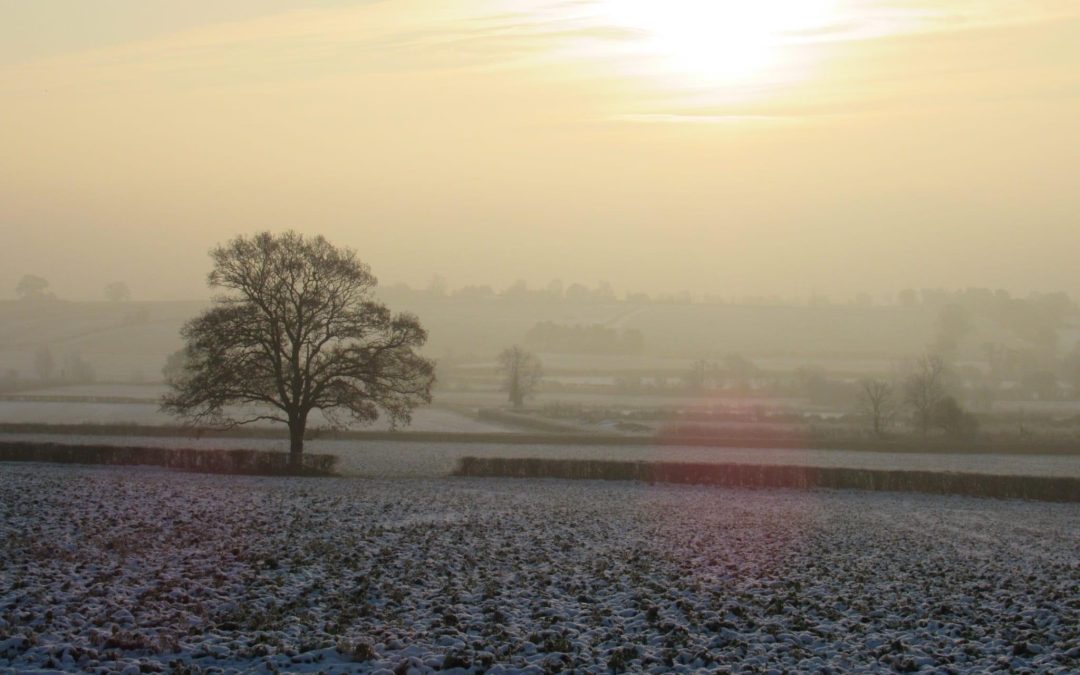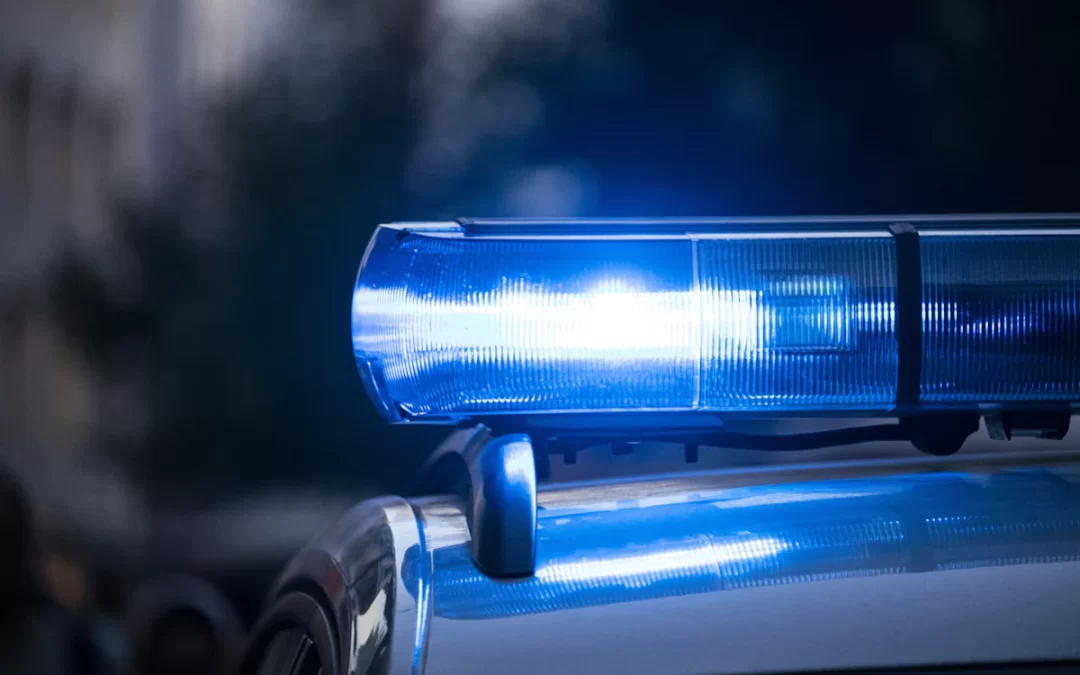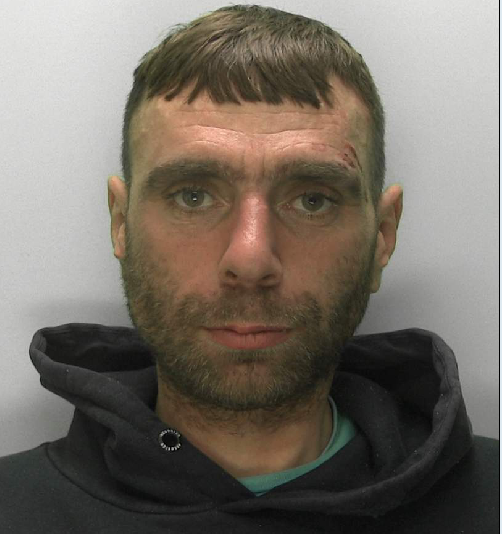Photo Credit: Karl Ryan
Temperatures have fallen to lows of -11c in Herefordshire overnight.
The temperature at Shobdon Airfield, near Leominster, was recorded at -11c at 7am, making it by far the coldest night of the year so far.
Even in towns and cities, temperatures fell to around -8c, with -7.7c recorded at one sensor in Hereford.
Following the recent tragedy at Babbs Mill Lake, Solihull, when a number of children fell through the ice and four have sadly lost their lives, Hereford & Worcester Fire and Rescue Service are reminding people to take exceptional care during the current sub-zero temperatures.
Although ice may look firm and able to take your weight, this often isn’t the case and there is a huge risk of it giving way and people falling into the freezing water.
Parents and anyone responsible for children are asked to remind youngsters of the dangers of thin ice and to know where they are at all times.
Anna Davidson, the Service’s Assistant Director for Prevention, said:
“Sunday’s tragic incident should remind us of the dangers of open water, especially during the winter months. Although frozen ponds, lakes, reservoirs and canals look safe and enticing, they can be lethally dangerous.
“There are many large water features in our region, not least the Severn, Wye and Avon rivers, as well numerous lakes and ponds, and people should keep well away – apart from the risks of thin ice, the water is extremely cold and fast flowing at this time of year, increasing the risk of cold water shock and hypothermia if you fall in.
“There is a wealth of advice to help keep young people safe, including the Staywise children’s safety & education charity at Home | StayWise, Royal Life Saving Society UK guidance at Royal Life Saving Society UK winter water safety advice and you can find out more on our own website at Water safety | Hereford & Worcester Fire and Rescue Service (hwfire.org.uk).
“Our thoughts are with the families of the boys and community in Solihull, as well as the emergency services involved with the rescue.”
What to do if YOU accidentally fall through ice
- stay calm and shout for help
- spread your arms out across the ice in front of you
- lie flat and use your arms to pull yourself over the ice towards the shore
- if the ice breaks, try to make your way to the bank or shore, breaking ice in front of you as you go
- if you’re stuck and can’t escape, wait for help. Stay as still as possible to conserve energy. Bring your arms close to your sides and keep your legs together, while keeping your head out of the water
- when you’re safely out of the water it’s important to head straight to hospital for a check-up.
What to do if you SOMEONE ELSE fall through the ice
- shout for help, call 999 or 112 and – if you’re at an inland water feature – ask for the fire service. At the coast, ask for the Coastguard
- call out to the casualty and encourage them to stay calm
- don’t go on the ice to try a rescue – you could become a casualty yourself
- instead, try to reach the person using a rope, pole, tree branch, knotted clothes or anything else that extends your reach
- if you can’t reach them, try sliding something towards them that floats – such as football or large plastic bottle
- quickly look for a lifebelt: many lake and river banks have them
- if the casualty is too far away, DON’T try to rescue them yourself. Wait for the emergency services to arrive and keep trying to reassure the person.
Advice to dog walkers
- keep dogs on their leads near ice, and don’t throw sticks or toys on to the ice
- never go on to ice or into icy water to rescue a dog or any other animal – often they will rescue themselves
- get somewhere where the dog can climb out and call them towards you – as long as you don’t endanger yourself.




